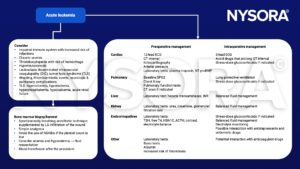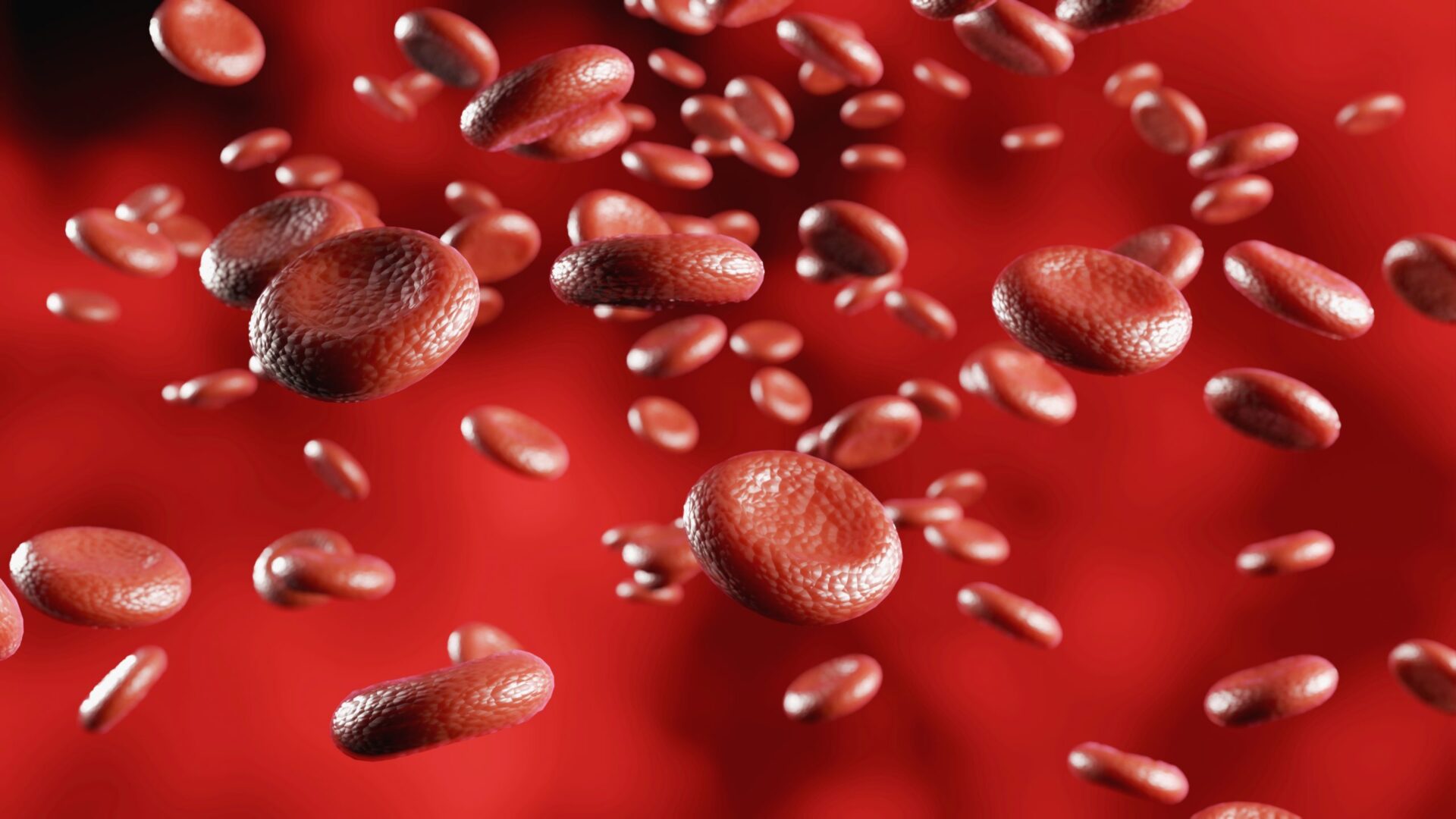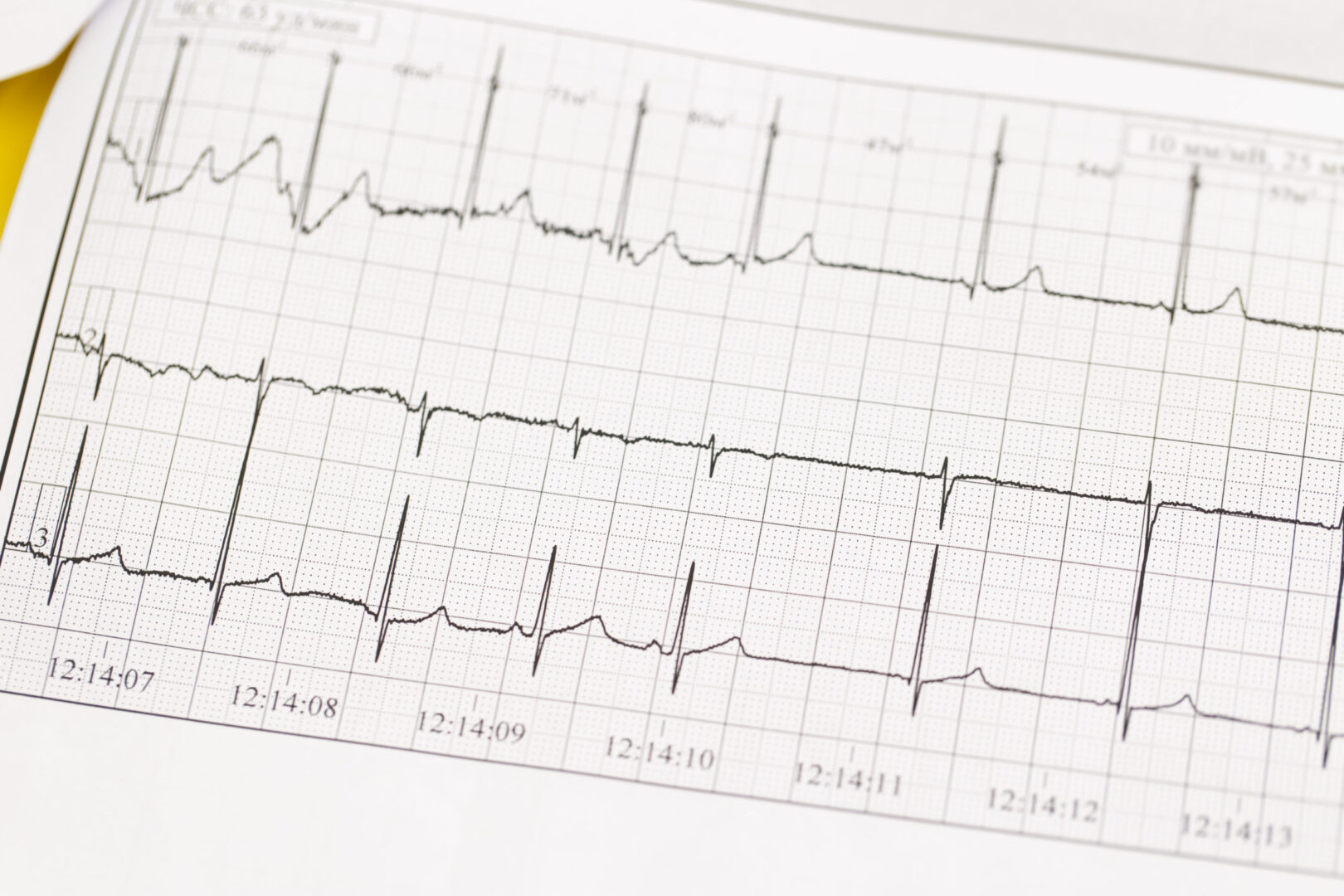Learning objectives
- Definition, symptoms, and perioperative management of acute leukemia
Definition and mechanisms
- Defined as the proliferation of immature white blood cells that comprise more than 20% of the cells of the bone marrow or peripheral blood
- Is characterized by a rapid increase in the number of immature blood cells
- The bone marrow is unable to produce healthy blood cells resulting in low hemoglobin and low platelets
- Immediate treatment is required because of the rapid progression and accumulation of the malignant cells
- Two types according to the type of blood cell affected:
- Acute lymphoblastic leukemia (ALL)
- Acute myelogenous leukemia (AML)
Signs and symptoms
| Acute lymphoblastic leukemia (ALL) | Acute myelogenous leukemia (AML) |
|---|---|
| Pale skin Feeling tired and breathless Repeated infections over a short time Unusual and frequent bleeding, such as bleeding gums or nosebleeds High temperature Night sweats Bone and joint pain Easily bruised skin Swollen lymph nodes (glands) Tummy (abdominal pain) – caused by a swollen liver or spleen Unintentional weight loss A purple skin rash (purpura) | Skin looking pale or "washed out" Tiredness Breathlessness Losing weight without trying Frequent infections High temperature/fever Night sweats Unusual and frequent bleeding, such as bleeding gums or nosebleeds Easily bruised skin Flat red or purple spots on the skin Bone and joint pain A feeling of fullness or discomfort in your tummy Swollen glands in your neck, armpit, or groin that may be sore when you touch them |
Risk factors
- Radiation exposure
- Benzene and smoking
- Chemotherapy
- Blood disorders: myelodysplasia, myelofibrosis, polycythemia
- Genetic disorders: Down syndrome, Fanconi’s anemia
Perioperative management

Suggested reading
- Groenewold MD, Olthof CG, Bosch DJ. Anaesthesia after neoadjuvant chemotherapy, immunotherapy or radiotherapy. BJA Educ. 2022;22(1):12-19.
- Louise Oduro-Dominah L, Brennan LH, Anaesthetic management of the child with haematological malignancy, Continuing Education in Anaesthesia Critical Care & Pain, Volume 13, Issue 5, October 2013, Pages 158–164.
- Allan N, Siller C, Breen A. Anaesthetic implications of chemotherapy, Continuing Education in Anaesthesia Critical Care & Pain, Volume 12, Issue 2, April 2012, Pages 52–56.
We would love to hear from you. If you should detect any errors, email us customerservice@nysora.com







